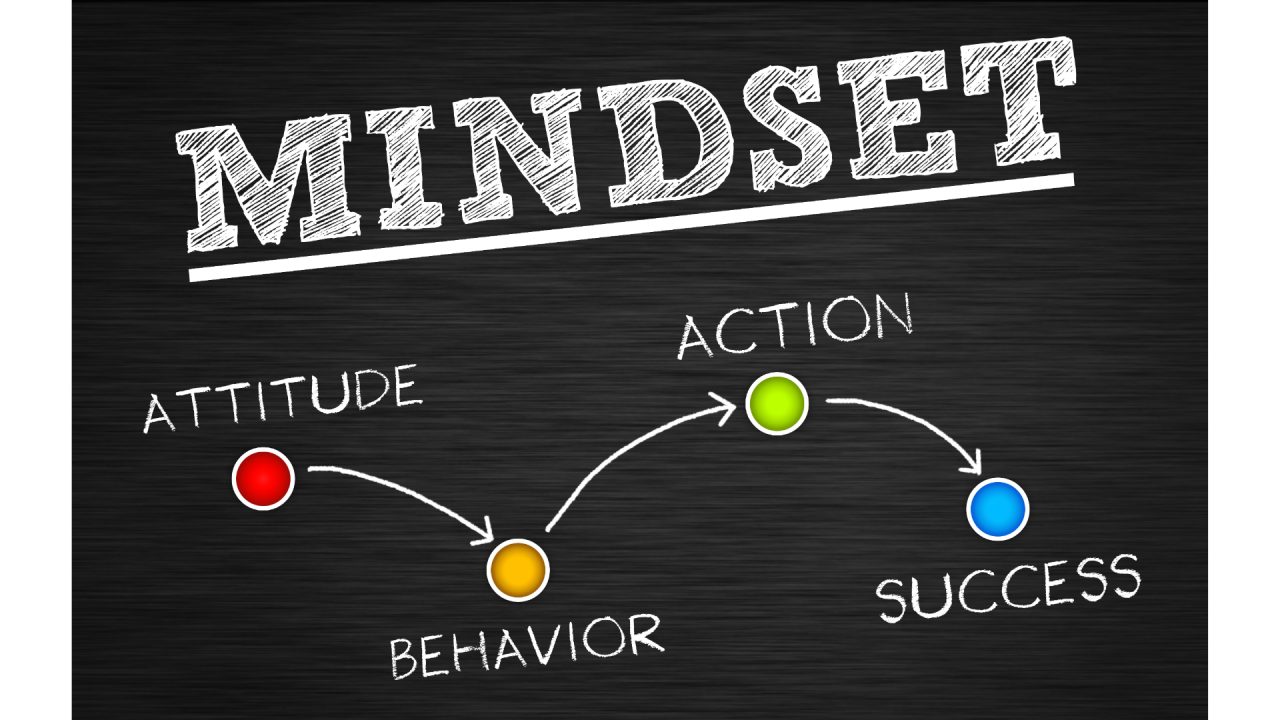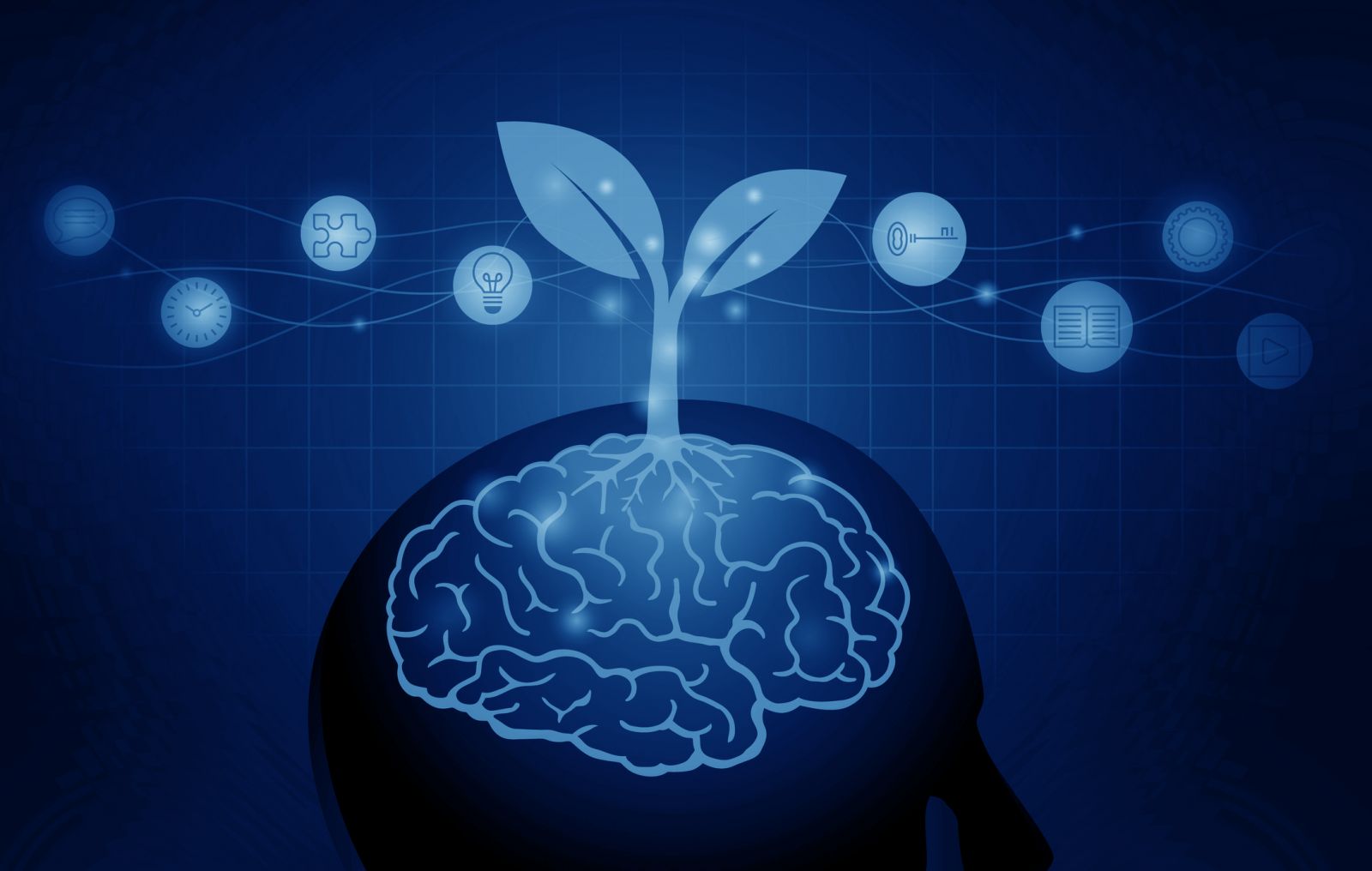Differences between Fixed Mindset and Growth Mindset
Stanford University researcher Carol Dweck first introduced research on a fixed mindset versus a growth mindset.
| From Self-Affirmation (Fixed Mentality) | To Self-Development (Growth Mindset) |
|---|---|
| Intelligence and talent are innate. An effort is pointless because what you are able to cannot be changed. |
Intelligence and talent are dynamic and can be improved. What you are born with is only a starting point, from which you can improve with effort and attitude. |
| To strive is to have no talent. Because talent is innate, there is no point in exerting yourself. Those who are not born with talent strive, and there is a particular fear of trying and not getting it because it could denote that one’s talent, in reality, is not such. |
Passion for challenges. People with a growth mindset are passionate about challenges and discovering the unknown because it is a unique learning opportunity. |
| A dislike of criticism or feedback. The judgments seem assertive for people with fixed mindsets since he does not consider the possibility of improvement. |
They like feedback. Feedback is not a judgment but an opportunity for learning and improvement. Failure is a learning opportunity. Although it hurts to make mistakes, we understand it is a way to learn. And that failure does not define who you are. |
| The success of others is a threat. People with fixed mindsets quickly feel judged. They compete rather than collaborate; others appear like a threat to them. |
Focus on the processes, not the outcome. People with a growth mindset prefer learning. They dare to try and are not afraid of making mistakes. |
The following table summarizes the difference between the two types of mentality.
How to Develop a Growth Mindset?
13 steps to build and develop your growth mindset:
1. Which state are you in?
Do you consider yourself more or less in the growth mindset group, and are you looking to ensure you stay that way? Or would you describe yourself as someone who has a fixed mindset? You can’t know where to go if you don’t know where you are.
2. Ask yourself why you want to develop a growth mindset.
What do you find in the growth mindset that motivates you to change? What benefits do you think a growth mindset brings to your life? Understanding this will give you purpose during the difficult stages of developing this mindset.
3. Change your perspective on failure.
Start to see failure not as a sign of inability but as part of the learning process. No one starts without any effort. Top athletes, artists, and intellectuals all failed before becoming successful (and still fail from time to time).
4. Understand your own limitations.
Recognize that some things will require greater effort from your side. This will help you set realistic goals.
5. Be realistic about time and effort.
All learning takes time, and mistakes are part of the learning process. Don’t expect to master new skills and improve your performance overnight.
6. Change your point of view on challenges.
Instead of fearing or even running away from challenges, accept challenges for what they are and enjoy the opportunity for self-improvement. In our life, we will often encounter big challenges. Try not to see these challenges as obstacles; instead, try to see them more positively. The harder the challenge, the greater the learning and growth.
7. Notice how you speak and act.
If you find yourself saying things like, “I’m not good at this,” or “They have a natural talent,” change those phrases to “I’m not good at this yet” and “You’ve tried very hard to become so talented.” Observe how others around you talk and act, and then look for those with a growth mindset and foster relationships with them.
8. Stop seeking approval by prioritizing learning.
Seeking praise for your accomplishments could lead to disappointment. When we seek the approval of others, we take on the wrong goal. We begin to have a reason as our goal instead of learning and growing. Become aware of the difference. You will feel more comfortable with the daily failures that come with training.
9. Consider feedback as an opportunity and a tool.
Use feedback to improve your performance rather than criticism or a reason to feel attacked or rejected.
10. Value the process above the final result.
Enjoy the process of self-improvement and learning more than the results obtained. This attitude will help you consider the big picture and develop a greater sense of purpose.
11. Reflect each day on what you’ve failed and learned.
Remember that it is essential to focus not only on what you have failed and can improve but on what you have improved and what you do well. Spend a couple of minutes at the end of the day reflecting on the areas where things didn’t go so well for you. What did you learn from that experience? The goal is not to stop or punish oneself but to recognize and shut down learning.
12. For each goal accomplished, set a new goal.
New goals help promote interest and spur further improvement. Practice the Kaizen philosophy: “Today is better than yesterday; tomorrow is better than today.”

13. Identify opportunities to celebrate the success of others.
When others around you succeed, celebrate it! They are curious to know what made them successful. Even better, ask them. Interact with them to understand what actions they took and how they approached the challenge to get there.
Tips for How to Develop a Growth Mindset as a Leader
What does it mean to cultivate a growth mindset as a leader?
1. Encourages learning through trial and error.
When leading projects, teams, and processes, you won’t always start with the best solution, so it’s essential to test. Encourage and reward small risks, whether successful or not, especially if they offer information that can help the business progress. Former Pixar Animations president Edwin Catmull created a culture that accepts mistakes and failures and celebrates them.
2. Learn to grow in your role as a leader
As time goes on, you’ll discover what kind of leader you are and what type of leader you want to become. No one wakes up one morning already as a leader with all the skills, vision, and capabilities they need. With a growth mindset, you will continue learning and growing as a leader. And this is a modest and positive way to succeed in leading.
3. Learn as you go, and don’t wait until you have all the answers
If you wait until you are completely clear about what you need to do to feel able to lead people and projects, you will never be ready. It’s best to learn as you go and discover the next steps along the way.
4. Ask others for feedback
If you want to improve, you’ll need input from others. Find out what they think of you, what you do well, and where you could improve as a leader.
5. Be flexible and versatile with your judgment
Feel comfortable changing your mind and guidelines to get results. Telling others that you won’t always have the answers and that you’re open to new ideas and opinions to change your chosen strategy will positively influence the team’s opinion of you. It will also encourage them to know that they can help you shape the strategy.
How to Cultivate a Growth Mindset in your Team?
- Employees who work at a company that fosters a growth mindset are 34% more likely to feel a strong sense of belonging and commitment to the company.
- A widely shared growth mindset in the workplace shows clear benefits for organizations. Surveys show that in these companies, employees are 47% more likely to say their colleagues are trustworthy.
- Those who work in companies with a growth mindset are 65% more likely to say their company promotes risk-taking. They are also 49% more likely to say that their organization encourages innovation.
All this data demonstrates the importance of promoting a growth mindset in teams. And what to do to achieve this? Below I share some aspects to consider.
1. To foster a growth mindset in your team, promote a culture of continuous learning and personal development
The foundation of a growth mindset is that you can learn what you set out to do as long as you’re prepared to put in the time and effort. Personal development is a high priority for employees, and one way to enable a growth mindset in teams is to make it clear that everything can be learned and mastered.
Promote a culture of continuous learning and development by experimenting with these Management 3.0 practices:
- Celebration Grid: This practice seeks to share experiences, to see what others tried and whether it worked for them. The goal is to maximize learning. You can use it in retrospectives.
- Competency Matrix: Identify gaps within our individual professional experience and our teams. Unveil what skills you need versus those you already have.
2. To trigger a growth mindset within your team as a leader, change the way we think about failure
If someone fails at something on your team, you may think the easiest thing to do is get someone else to do that particular task in the future. However, that shows all the characteristics of a fixed mentality. You’re effectively saying “they’re not good at it” instead of “they’re not good at it… yet.”
A better way to approach it would be to ask the team member how they could be supported next time. What do you need? Additional training, team support, or anything else? Teams generally become stronger and more resilient only when employees can overcome failures, but for that to happen, you need to create those development opportunities.
3. Challenge the people on your team, and invite them out of their comfort zone to foster a growth mindset
When you have a fixed mindset, you want to avoid challenges. However, in the times we live in, we must all be prepared for change and get out of our comfort zone. That’s why it’s so important for teams to feel challenged to move forward. If you want to develop a team with a growth mindset, you need to push them beyond what they think they can do.
A team with a fixed mindset may not want to ask a “dumb” question in front of their peers, as they will be judged negatively for it. Instead, create a culture of questioning where everyone feels like they can challenge or question certain things by asking any question. It empowers your team to work smarter.

Why not play Moving Motivators with your team to identify what motivates the people in your team and to identify possible challenges that invite them to grow?
4. Create a culture of feedback to cultivate a growth mindset in your team
Don’t be the leaders who value feedback only when they are the ones providing the feedback. Only when we create an authentic top-down, bottom-up, peer-to-peer feedback culture, i.e., at all levels, can we genuinely unlock a growth mindset in our teams?
If you believe that his intelligence or talents are fixed and cannot be improved, you are operating with a fixed mindset. At this point, criticism can make you defensive. However, you’re much less likely to take criticism personally with a growth mindset because you recognize its inherent value. This is where feedback is a brilliant tool that can allow a person to improve continually.
If you can instill this thinking in your team, feedback becomes a positive experience, something to learn from rather than something that makes you feel attacked or questioned.
5. Show you care to help your team develop a growth mindset
It would be best if you gave them the support they need to minimize stress and develop a growth mindset. As team leaders, we should show interest in the people we lead. That attention or care, which we usually call empathy, causes trust and well-being in people. Leaders must stay closely connected with their teams to anticipate issues and respond quickly.












Replies to This Discussion